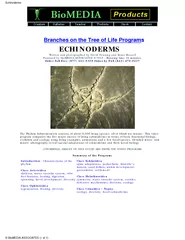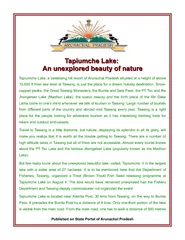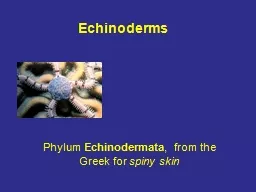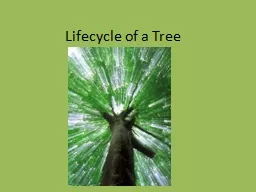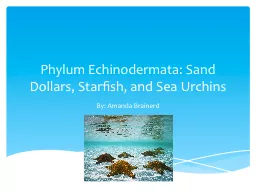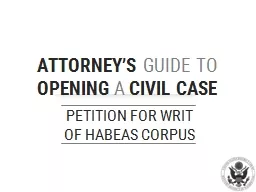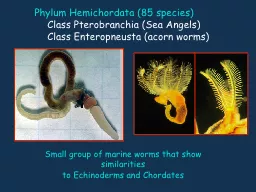PDF-Branches on the Tree of Life Programs ECHINODERMS Writ
Author : debby-jeon | Published Date : 2015-06-06
Order Toll Free 877 6615355 Order by FAX 843 4700237 The Phylum Echinodermata consists of about 6000 living species all of which are marine This video program compares
Presentation Embed Code
Download Presentation
Download Presentation The PPT/PDF document "Branches on the Tree of Life Programs EC..." is the property of its rightful owner. Permission is granted to download and print the materials on this website for personal, non-commercial use only, and to display it on your personal computer provided you do not modify the materials and that you retain all copyright notices contained in the materials. By downloading content from our website, you accept the terms of this agreement.
Branches on the Tree of Life Programs ECHINODERMS Writ: Transcript
Download Rules Of Document
"Branches on the Tree of Life Programs ECHINODERMS Writ"The content belongs to its owner. You may download and print it for personal use, without modification, and keep all copyright notices. By downloading, you agree to these terms.
Related Documents

